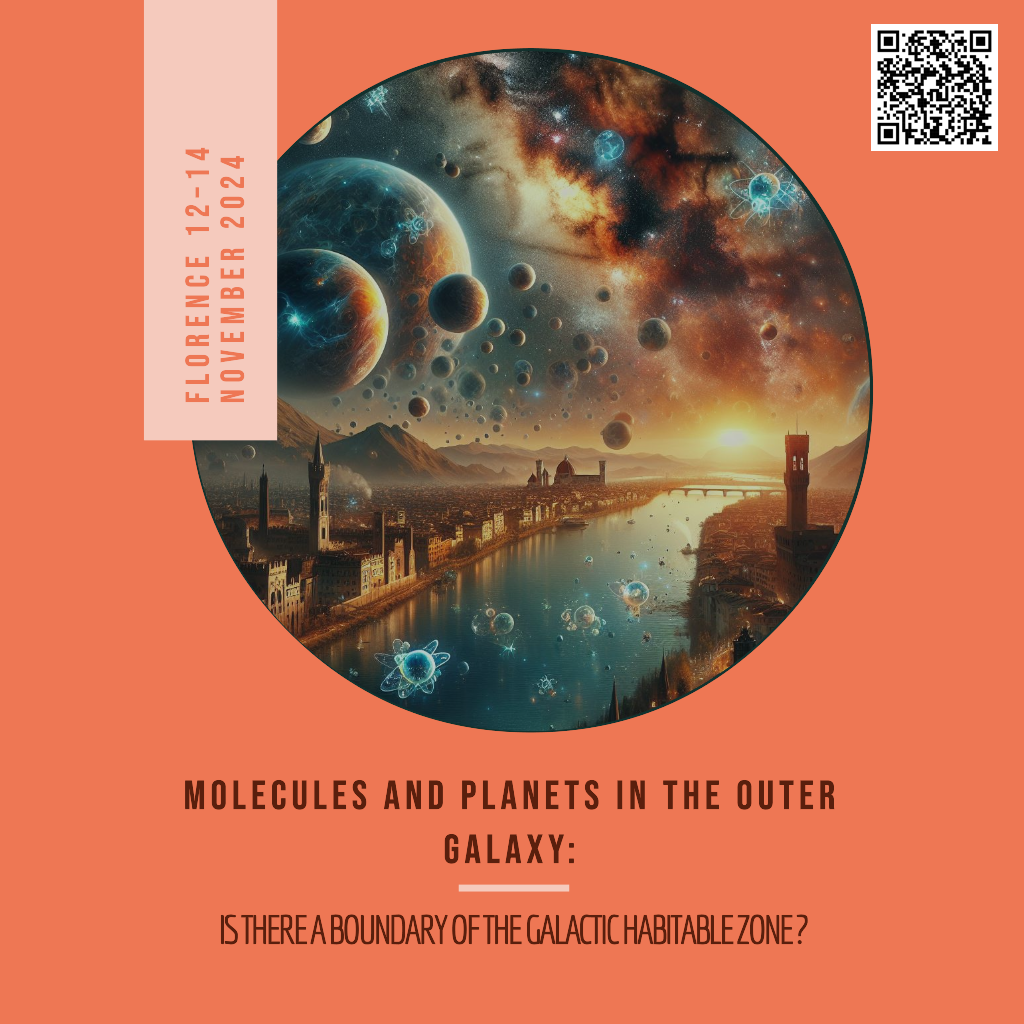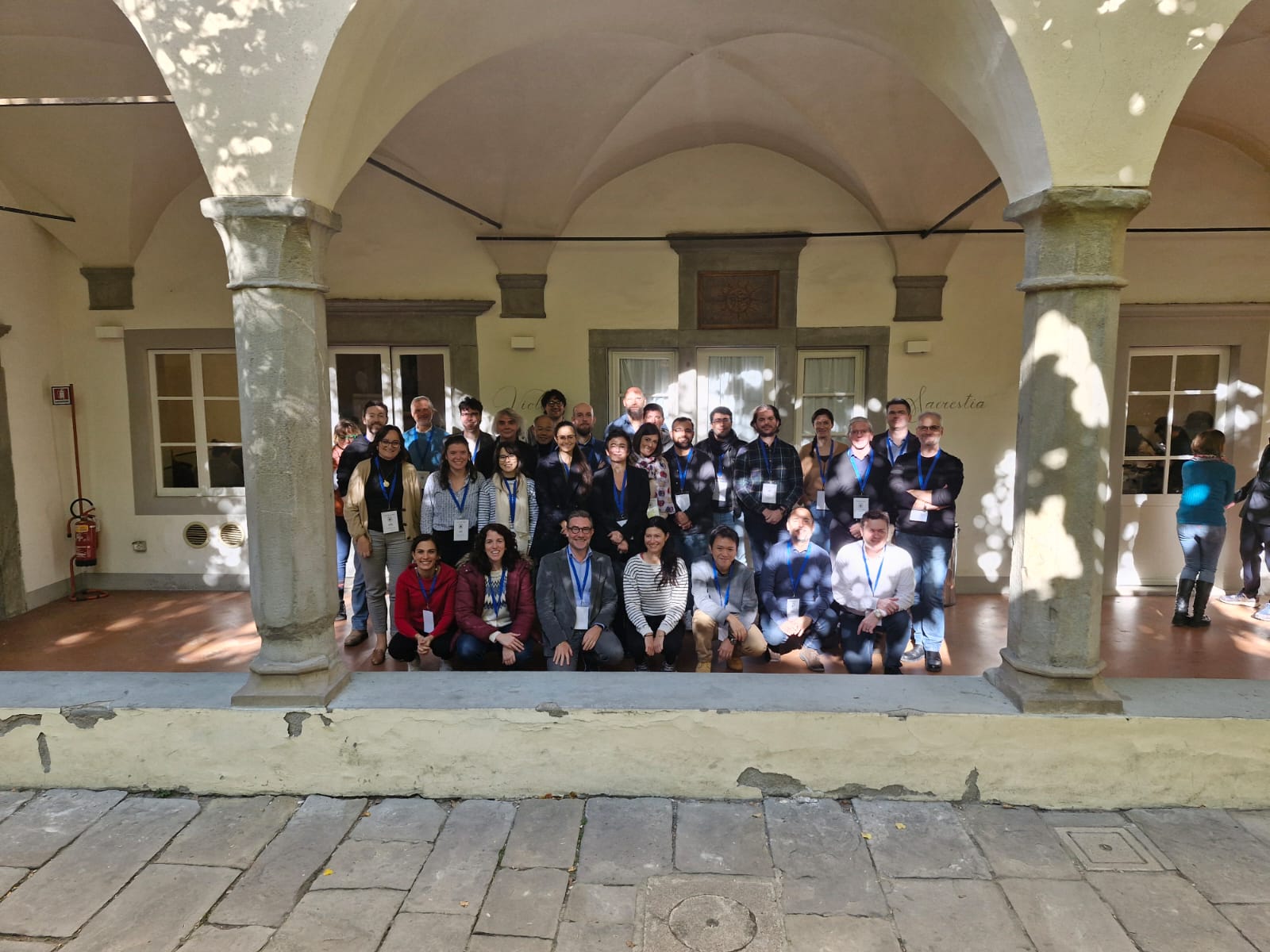
Overview of the workshop
Setting the boundary of the Galactic locus in which Earth-like planets and organic molecules can form, with its implication on the development of living organisms, is a hot topic in modern astrophysics. So far, the answer to this big question has been searched almost uniquely in the Solar neighborhood, located at about 8 kpc from the Galactic Centre and extending for about 1 kpc in radius. The reason is both technical and scientific.
First, the regions closer to the Sun are the easiest ones to observe because the observational sensitivity decreases with the distance to the Sun; second, the Solar System is in the middle of the so-called Galactic habitable zone (GHZ), the region of the Milky Way in which the basic conditions for the development of life are expected to be highest. The GHZ is usually defined as the region in which we have sufficient abundance of metals necessary to form Earth-like planets and biogenic material and in which there is a low rate of destructive events (e.g. supernovae) that might hinder the development of complex forms of life. Most of the outer Galaxy, namely the portion of the Milky Way Disc with distance from the Galactic Centre from 12 kpc to 28 kpc, is excluded from the GHZ because of its sub-Solar (and decreasing with Galactocentric distance) metallicity. However, recent results indicate, surprisingly, a lack of connection between the presence of rocky planets and stellar metallicity, and the presence of complex organic molecules (COMs) both in the outer Galaxy and external low-metallicity galaxies.
These findings challenge the ‘classical’ definition of GHZ as described above. Moreover, Galactic Chemical Evolution models indicate that the boundaries of the GHZ change with time, and the probability for the formation and survival of habitable worlds may depend also on parameters other than metallicity. In this respect, an increasing amount of theoretical works, including those that use machine learning techniques, are investigating in recent years if the formation of prebiotic molecules and low-mass planets is really influenced by metallicity rather than by other environmental conditions.
In this workshop we propose to bring together the communities that work on:
(organic) molecules both in the outer Galaxy and other sub-Solar metallicity environments;
(Earth-like) planets and their relation with stellar properties, in particular abundances;
Galactic chemical evolution models, to ensure a comprehensive approach to the problem, and to establish an exhaustive network of expertise to help deepen our understanding of the Galactic Habitable Zone.

